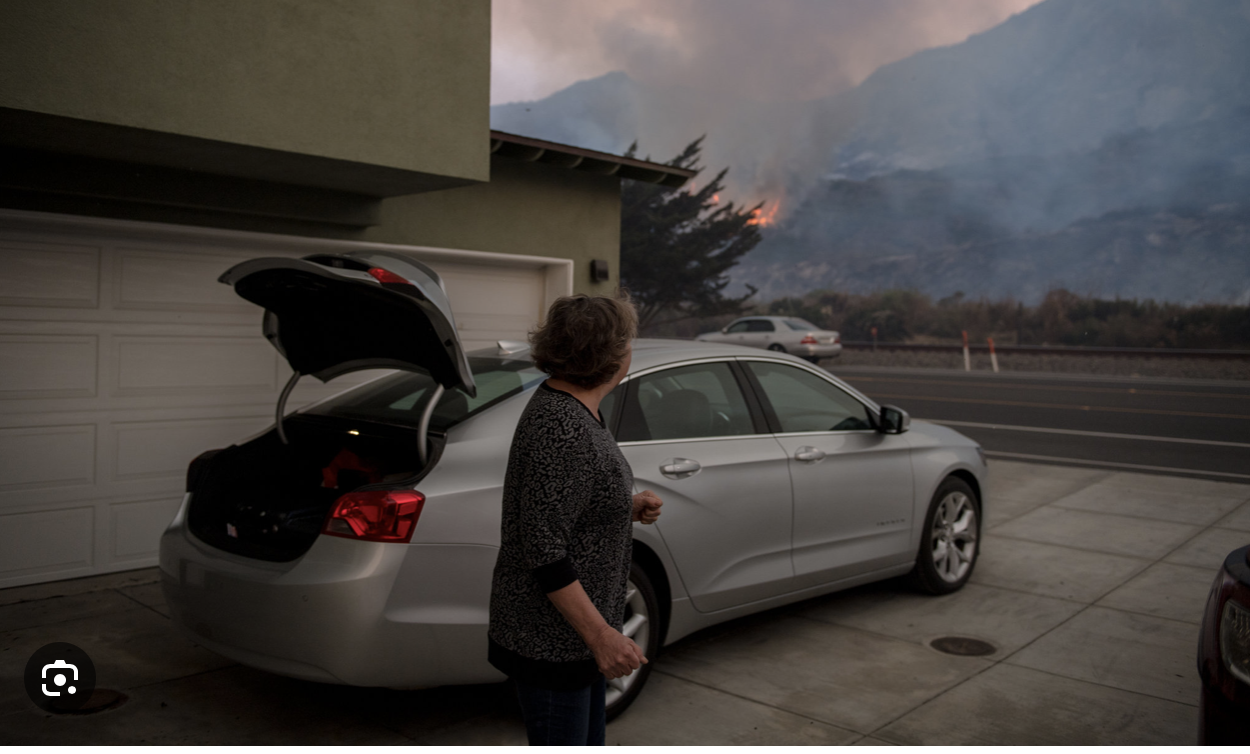- Make your plan. The most important thing you can do to get ready for evacuation, is to think it through. How will you be notified of an evacuation order? What will you bring? Where will you go? How will you get there? Who will you contact?
- If you need assistance or transportation, plan ahead. During an emergency evacuation people will not be able to drive into your neighborhood. You need to make arrangements with neighbors or a local caregiver for transportation out or other assistance. Contact Marin Center for Independent Living for guidance.
- Make sure you will get an evacuation alert. The best option is to sign up for Alert Marin which will send an alert to your phone when action is needed at the address you registered.
- Know your way out. Take the fastest paved road to the valley floor, away from the wildfire. Usually the best route is the one that you use every day to get to the store. Avoid using fire roads and follow instructions offered though Alert Marin and from emergency responders.
- Have your Go-Kit packed. Don’t leave packing until the last minute! Go over the items that should be in your Go-Kit here. Put a notecard in a visible place with last minute items to grab, such as your cell phone, charger, and medications.
Pets need a Go-Kit too. Review this list of items for your pets here.
- Wear protective clothes. You should wear boots, long sleeves and long pants made of cotton or wool, even if it is hot out. Goggles, hats and gloves can help protect from embers.
- Leave right away! If you get an Evacuation Order, it is very important that you leave as quickly as possible so you are not putting your life or firefighters’ lives at risk.
- Be ready to evacuate on Red Flag Days. These are dry, windy days that wildfires are more likely to ignite and spread quickly. By signing up for Nixle, you will receive an alert of a Red Flag Warning in your area. Review your evacuation plan with your family on Red Flag Days and be on guard for fire.
- Practice an evacuation drill. Get your things together, your family and pets in the car and drive downhill to a main road. How long did it take? What did you forget? Running through your plan will improve your readiness and help you to stay calm in the event of an emergency.
- Be a good neighbor. Will any of your neighbors need transportation or help to evacuate? Let them know you are able to help and check in on them in the event of an evacuation alert. Share this advice with your friends.








